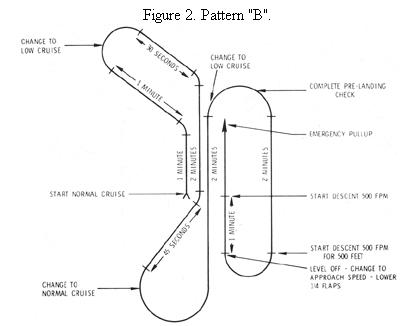And yes, violations do happen:
2. Absence of an installed clock. The Administrator charged
that respondent operated the aircraft under IFR when he did not have the required clock installed in the instrument panel. The law judge agreed, rejecting respondent's arguments that a
passenger had a watch with the same required functions (hours,
minutes, and seconds), another instrument in the aircraft could substitute for the clock, and the weather was VFR.
On appeal, respondent repeats the last claim, noting
correctly that VFR operations do not require the clock.
Respondent continues to ignore, however, the fact that the
regulation requires the installed clock whenever IFR operations are conducted, and the record demonstrates that respondent obtained and used an IFR clearance when he left Gillespie Field.
Tr. at 35-36, 114.
6 Whether respondent actually needed such a
clearance is immaterial to the §§ 91.33(a) and 91.165 violations,as are the weather conditions at the time.7 Moreover, there is unrebutted evidence that the absence of the clock made the cases cited there (a violation of an operational FAR regulation is sufficient to support a finding of a "residual" or "derivative" § 91.9 violation).
It is not clear from the record whether the condition of the
TC violated § 91.33(a) as well. We need not decide this
question, as that violation is otherwise established. See ¶ 2,
infra.

